By Porscia Lam, author of The Unlocking: An Autism Story
Four years ago, our son Harry developed an intense aversion to wearing shoes that lasted for nine months—right in the middle of Melbourne’s COVID lockdowns. At just two years old, Harry had already displayed a long list of complex behaviours, including extreme separation anxiety that made it difficult for even close family members to be near him. Daily routines such as changing nappies or washing his hair were distressing, and his aggressive responses created safety concerns for his younger sister. Our daily lives revolved around maintaining a one-to-one adult-to-child ratio to prevent harm.
When Harry was diagnosed with Autism Spectrum Disorder (Level 2) at age 2.5, we were introduced to the concept of Pathological Demand Avoidance (PDA), an emerging profile of autism where anxiety drives the avoidance of everyday demands. By early 2024, however, almost-six-year-old Harry walked confidently into school wearing black shoes—thanks in large part to Applied Behaviour Analysis (ABA) therapy.
We began with the typical early intervention therapies—occupational therapy, psychology, and play therapy—but quickly realised their limitations. Harry’s distrust of anyone outside of me and my husband, combined with the limited timeframe of standard 50-minute sessions, meant these therapies often led to meltdowns rather than progress.
Eventually, we turned to ABA therapy. Unlike mainstream options, ABA offered a more intensive approach—15 to 25 hours a week—which allowed therapists the time to focus solely on building trust for weeks if needed. This foundational work was crucial for Harry. The personalised, behaviour-specific approach of ABA meant that even small steps, like touching a shoe, could be celebrated and built upon. Over time, Harry worked up to wearing shoes and even asked for gumboots to splash in muddy puddles—a joy he had denied himself for so long.
ABA also stood out for its data-driven nature. Each behaviour was broken down into manageable steps, progress was carefully tracked, and strategies were adjusted in real-time. While it requires a major commitment—financially, emotionally, and logistically—its impact was profound for our family.
It’s important to acknowledge that ABA has its critics, particularly from autistic adults who experienced earlier, less-evolved forms of the therapy. Modern ABA, however, has shifted to a person-centred, collaborative model that emphasises functional skills over conformity. We, as parents, had full control over Harry’s goals, which included learning to put on sunscreen, wear a hat, use language to express disagreement, and eat fruit—not to appear less autistic, but to live more comfortably and independently.
As someone who listens to the voices of autistic adults and values neurodiversity, I believe it’s vital to evaluate all therapies with compassion and scrutiny. While ABA may not be the right fit for every family, I hope it’s given equal weight among the options provided at diagnosis so that parents can make informed decisions.
The Unlocking: An Autism Story offers an honest glimpse into the day-to-day reality of raising a neurodivergent child and shares what compassionate, modern ABA looks like from a parent’s perspective. Far from turning our son into a robot, ABA helped reveal the imaginative, flamboyant, and intelligent child within.
The Unlocking is published by The Kind Press and is available now. It was shortlisted for the 2024 Hawkeye Publishing Manuscript Development Prize and earned a Kirkus Star in 2025.

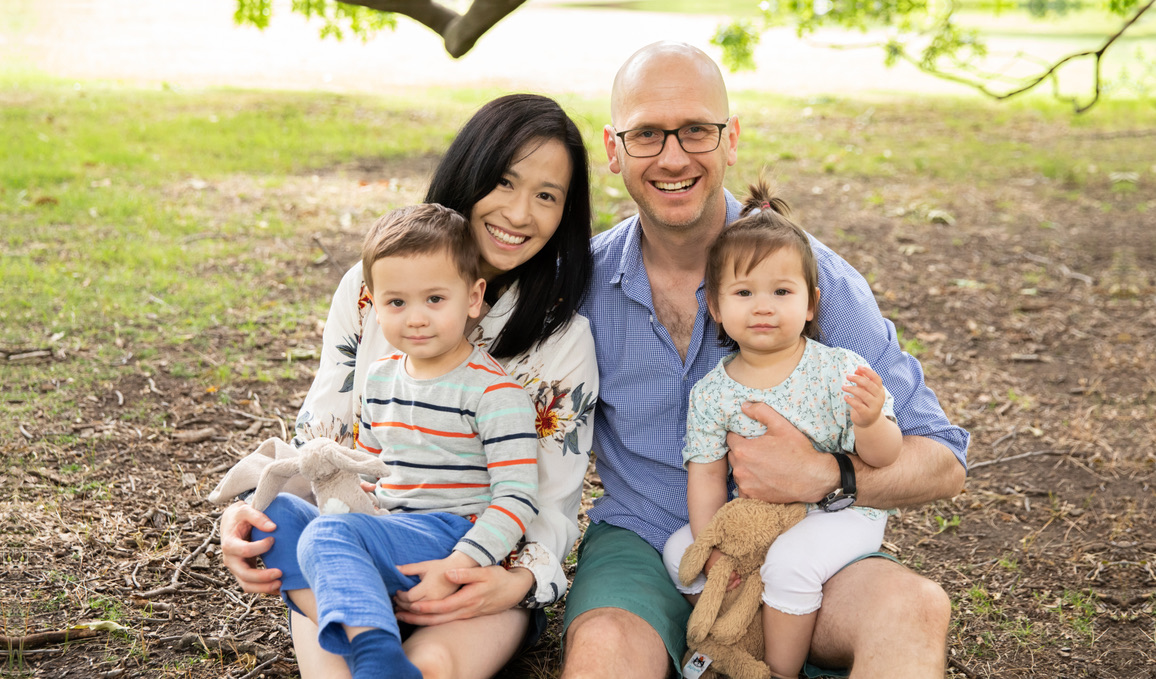



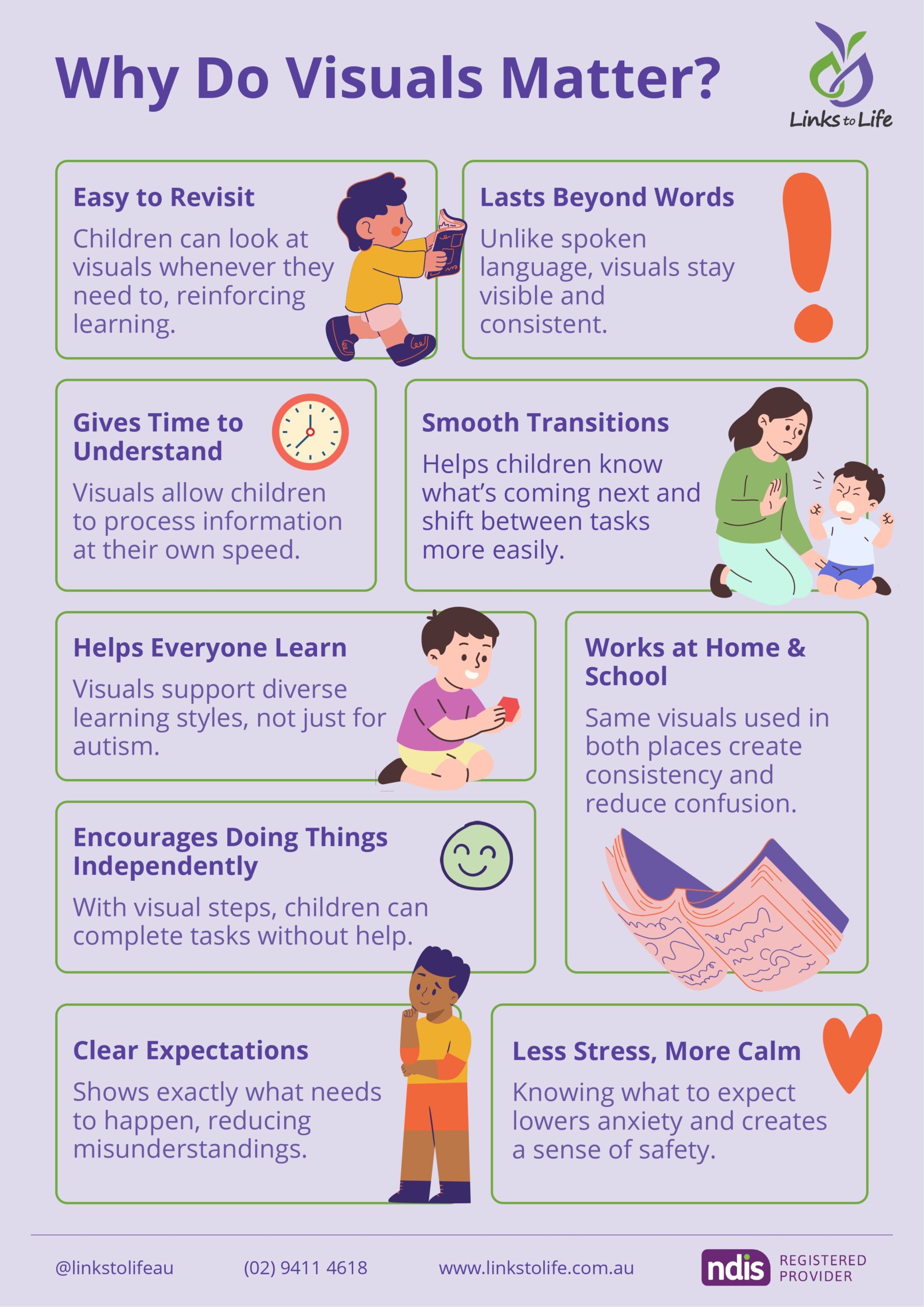
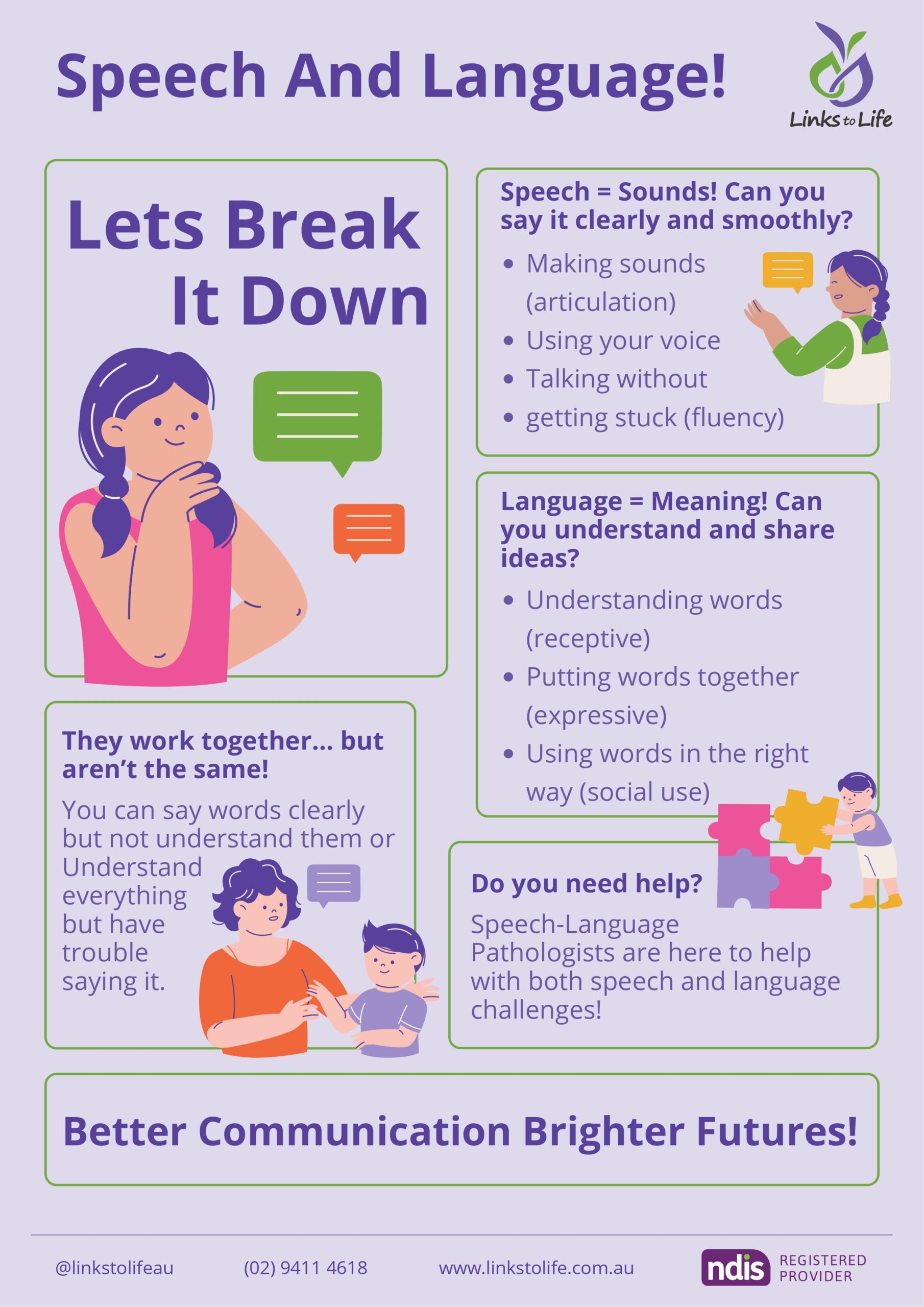
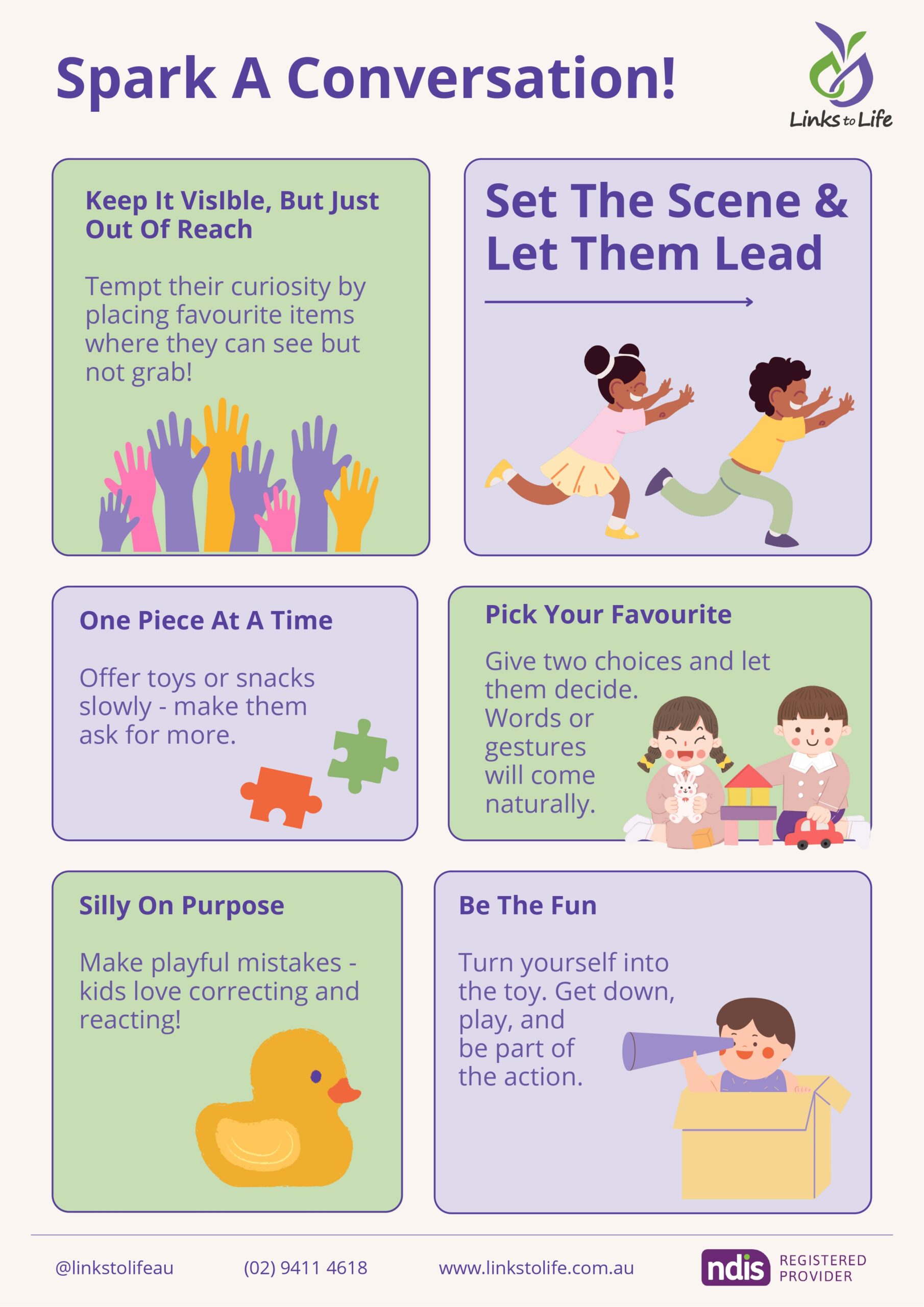
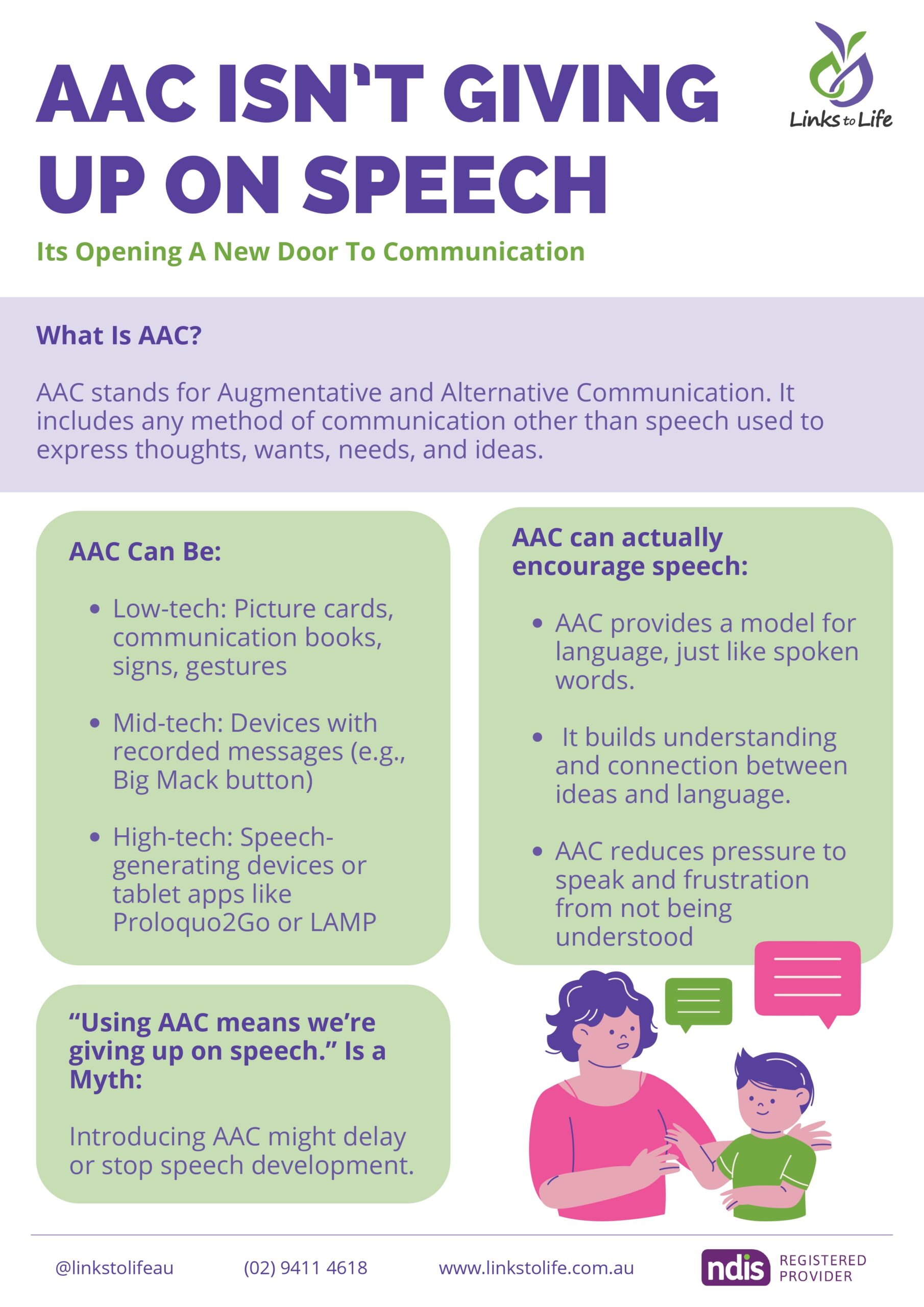
Loved reading this! So heartwarming to see Harry thrive with the right support. Thanks for sharing your journey—it gives so much hope to other families.